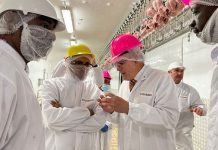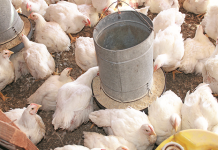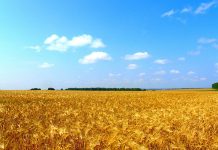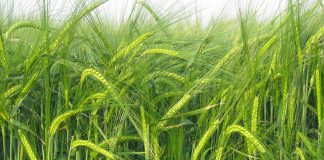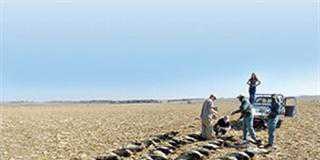A few months ago, a friend told me that his parents and many other families in Witbank were spending a small fortune on bottled water. The reason? The tap water was simply undrinkable. He was convinced that the problem stemmed from the coal mines in the area – a fact confirmed in a recent Sunday newspaper article. And the problem, according to this report, seems to be spreading to other mining towns in Mpumalanga.
In Carolina, laboratory tests have shown high levels of sulphate, aluminium, chromium, manganese, cobalt, lead, iron, zinc, copper and nickel in the tap water, and residents have not been drinking this water for the past four months. The article reminded me vividly of a conversation I had with Dr Koos Pretorius, environmental activist and director of the Federation for a Sustainable Environment, one cold morning in the parking lot of the Dros restaurant in Menlyn.
We sat in his kombi while he painted a grim picture of impending water pollution from coal mining in Mpumalanga. The problem is that this conversation took place three years ago, and nothing has been done to solve the problem.
Agriculture and the environment
According to the newspaper article, a staggering 54% of the province’s surface area might soon turn into a wasteland if coal miners continue to do business as usual. This is a scary figure, particularly when you consider that the Highveld region of Mpumalanga produces 51% of soya bean, 24% of maize and 23% of dry bean in the country. The region is also home to several major river catchments.
Unfortunately, this area is the source of 80% of SA’s coal for power generation and export. According to some, there are about 60 mines operating in 13% of the major river catchments and close to productive farms. It is also said that the Department of Mineral Resources is sitting on so many pending permits that about 80% of the Highveld region could end up being mined for coal. Can you imagine that?
And what will happen once the companies have closed up shop? Look at the Transvaal and Delagoa Bay Collieries (T&DB) outside Witbank. According to a SA Journal of Science (SAJS) article, this mine was not rehabilitated before being abandoned and has now turned into a major source of water and air pollution. The problem is cost: cleaning up T&DB alone would cost R100 million.
Yet another area of concern is Limpopo’s Lephalale area. According to the SAJS, the Ellisras Basin may contain more than 50% of SA’s remaining coal reserves. With current developments, particularly the construction of the Medupi power station, there is genuine worry that Lephalale may go the way of the Highveld region of Mpumalanga.

